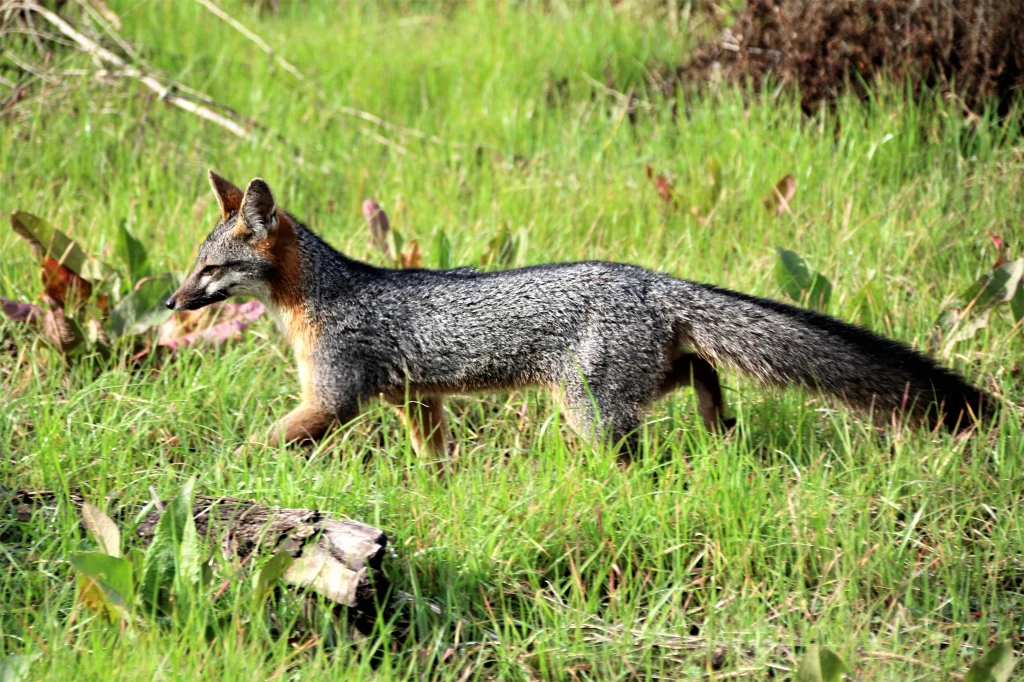Urban Gray Fox’s Parenting: Not All the Same - Part III
by William C. Leikam
President, CEO & Co-founder, Urban Wildlife Research Project
Preface:
Since there are no gray foxes at the Palo Alto Baylands Nature Preserve, and I don’t expect any to make it their home range until possibly late November through early January 2019. As such I will continue substituting varied information about select events and the wildlife that make the baylands their home.
Section II
Update for the Urban Wildlife Research Project
Next public presentation by Bill “The Fox Guy” Leikam: A Year with the Urban Gray Fox – will be held at the Palo Alto EcoCenter Saturday, August 4, 2018, 11:00 AM – 12:00 noon. Address: 2560 Embarcadero Rd, Palo Alto, CA 94303, Phone: (650) 493-8000
To find out more about us, search Urban Wildlife Research Project, UWRP, gray foxes, wildlife connection linkages, corridors and several documentaries and clips on YouTube
- Check out our Facebook page.
- If you haven’t had a chance to read at least some of the articles that have been written about our study of gray fox behavior and our corridor work, click on these links as they will take you to the source: Bill Leikam – The Fox Guy, and Greg Kerekes & URWP
Section III
Gray Fox, Baylands Goals
Within the permit that allows the Urban Wildlife Research Project to conduct its study of the behavior of the gray fox at the Palo Alto Baylands Nature Preserve, the objectives covered area:
- Monitoring of urban gray fox Denning sites in Palo Alto Baylands.
This is being accomplished during the period when the gray foxes use a den site. It is one of the prime locations for gathering most of the behavioral data of the litter and for adults alike.
- Assessment of status and population trends of Baylands urban gray foxes
Since January 2019 a pair of resident gray foxes have claimed territory at the Palo Alto Baylands Nature Preserve.
- Identification of habitat features that promote the presence of urban gray foxes
After considering this and talking with people who know how to restore habitats, we need to assess what kinds of plants, including the Alkaline Salt Bush, would grow best along the edge of the saltwater channel and alongside the marsh. We need to grow a permanent habitat that contains the corridors and plant it as soon as possible. We’ll keep an eye on this as this is a critical link between the southern region of the Baylands and the northern region.
- Assessment of reproductive success and identification of factors that promote successful reproduction
Open up the pinch-point along Matadero Creek by developing thickets that link one area to another, instead of the present “islands”.
- Identification and assessment of possible dispersal travel routes.
Presently there can only be guesses as to dispersal travel routes. We intend to make this important question much more concrete when we attain our collaring/take/capture permit from the Department of Fish & Wildlife.




